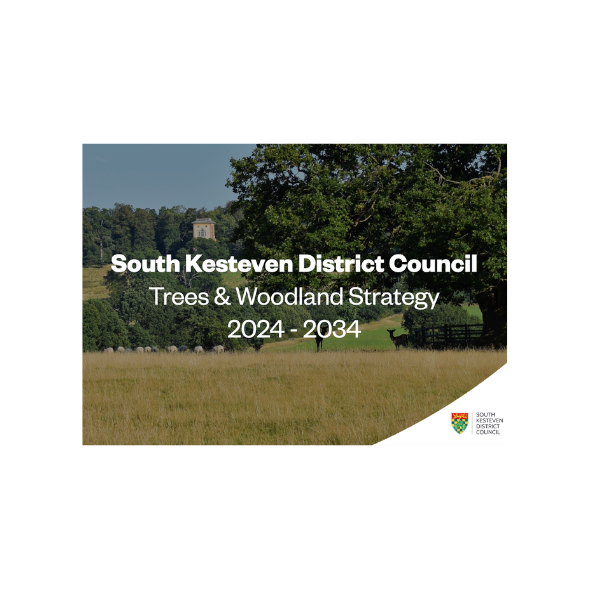This urban forest provides a multitude of benefits both environmental and aesthetical. The scale and effectiveness of the environmental benefits (or ecosystem services) such as air quality improvement, carbon sequestration or temperature reduction, are directly infuenced by the way we manage the resource, decisions, and actions that affect its structure and composition over time. We know that maintaining and improving Oldham’s urban forest has considerable public support, but also that much of the urban forest has grown and matured in conditions very different from the cityscape of today.
Consequently, we need to have a good understanding of the structure and value of Oldham’s urban forest to ensure that we are implementing appropriate management, maintenance, and planting regimes that will result in maintaining and increasing the canopy cover over time. A first and necessary step is to better understand the current structure, composition and distribution of Oldham’s urban forest, in order to obtain a baseline from which to set goals and to monitor progress.
Furthermore, by measuring the structure of the urban forest (the physical attributes such tree density, tree health, leaf area and biomass), the benefits of the urban forest can also be determined, and the value of these benefits calculated and expressed in monetary terms.







